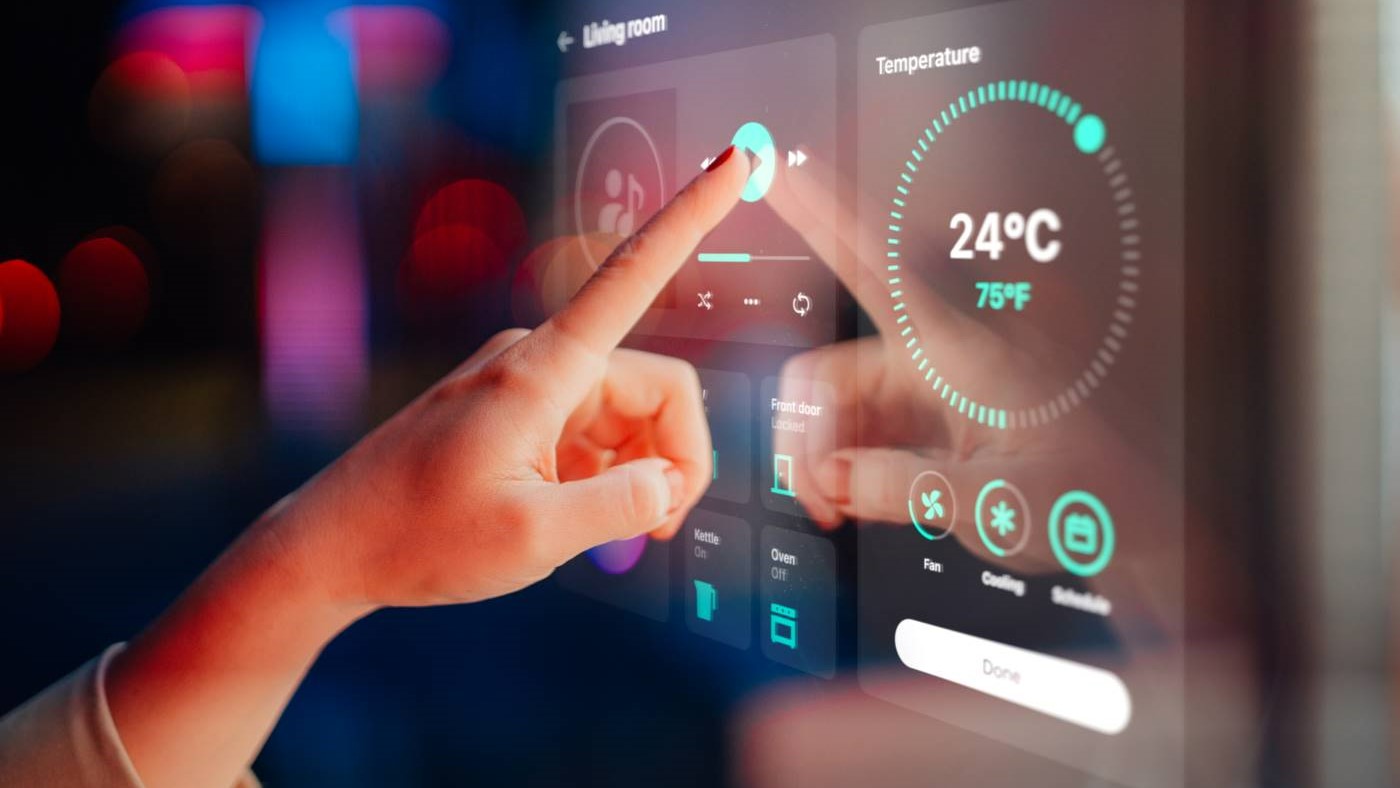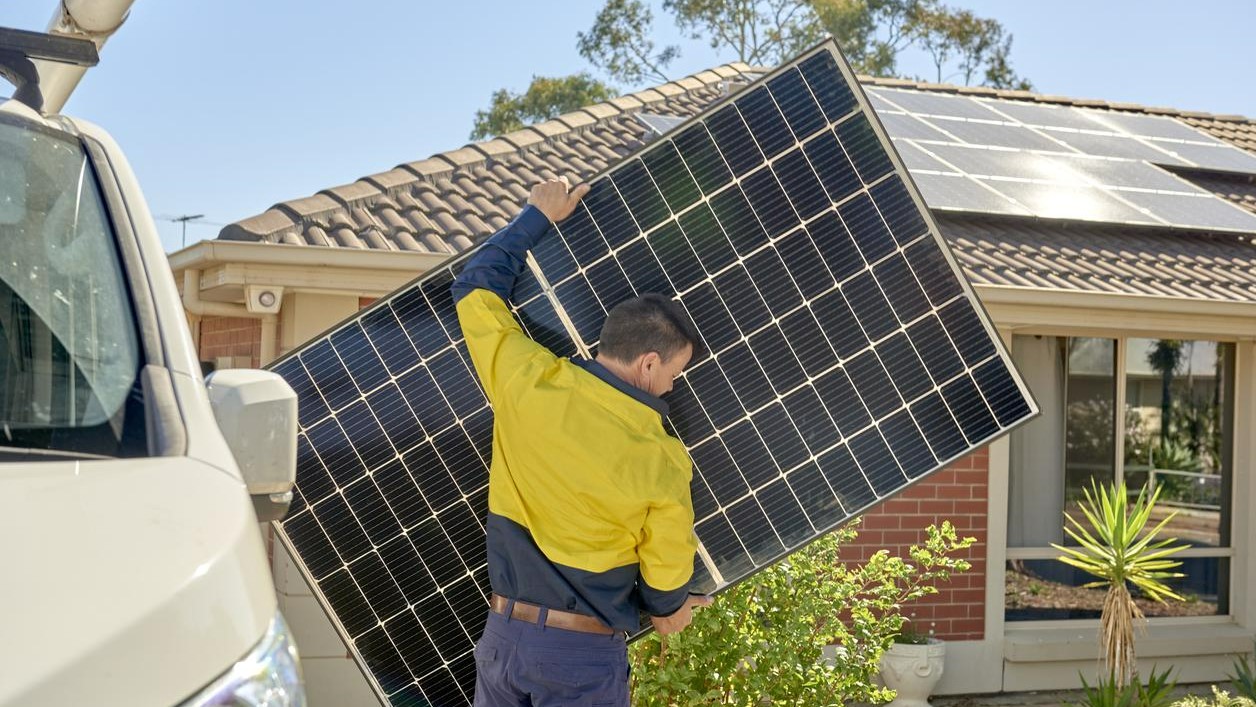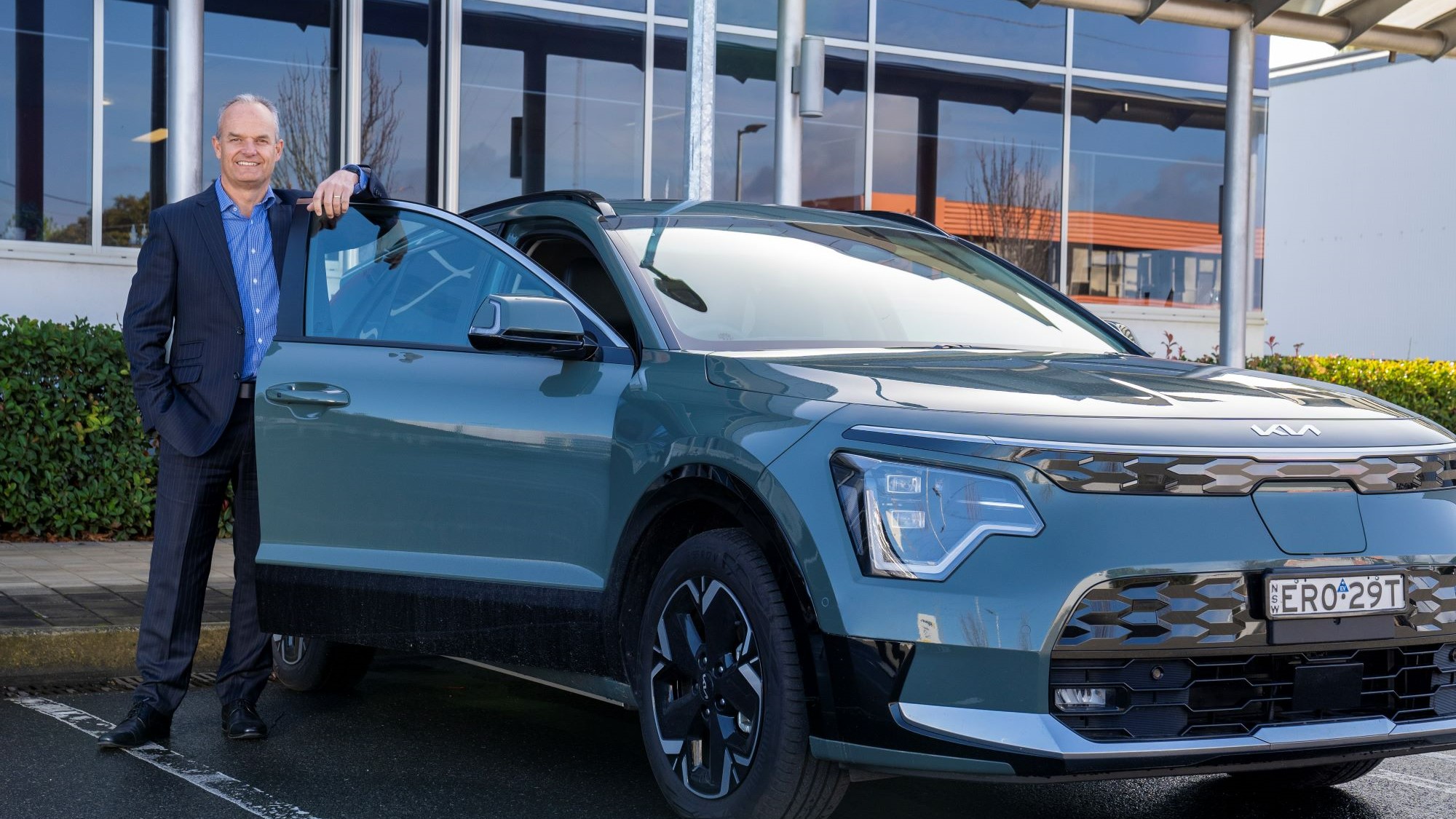
 visit raa.com.au
visit raa.com.au
The homes of the future could be automated, manage the running of your appliances, help reduce electricity bills – and also transition from being powered by your home battery, to your electric vehicle’s battery.
Off the back of its growing energy business, RAA is exploring what ‘smart homes’ of the future will look like to help its near-800,000 members save money and enhance their lifestyle.
Facilitated by the rapid growth of the Internet of Things (IoT), the ‘smart home’ will be the interconnection of residential devices via the internet, leading to an increase in home automation.
This technology is expected to be able to automate your home, from turning lights off and on, to charging your EV and watering your garden – making life more convenient and efficient, saving time and money.

Chief Executive Officer Nick Reade said RAA wants to be at the forefront of decarbonisation and electrification of homes and transport, and is already activating ways to grow its offering for members in their homes.
“The future of the homes we’ll live in is very exciting and some of that technology is closer than people might think.”
“The concept of a ‘smart home’ is that everything is automated and connected, so your appliances, home and electric vehicle all work together to manage electricity usage – ultimately saving you money.
“This includes smart systems, which can turn your lights on if they detect someone in the room or activate your washing machine and dishwasher when during off-peak times when electricity is cheap.
“RAA is already rolling out some of the technology that will form the foundation of the ‘smart home’, including home EV chargers, more than 35,000 solar panels and hundreds of home batteries.
“We’re now seeing a convergence of ‘smart homes’, EVs and Solar and Battery at a time when households are facing higher costs of living because of inflation, higher energy costs and increasing interest rates.

“Conversely, the cost of EVs are starting to come down, at the same time household appliances are getting ‘smarter’, leading to greater interconnectedness and wider understanding on how automation can lead to greater control, security, and energy savings
“At the moment, solar and home batteries could power a future ‘smart’ home but going forward it could be powered by your electric vehicle – and that technology already exists.
“People’s perceptions of EVs will change – they’re not just a replacement for the traditional petrol and diesel vehicles that get people from A to B.
“EVs are becoming part of the home and should be seen as a battery on wheels.
“Battery capacity is increasing all the time, in fact there are EVs on the market that have battery storage that could meet a couple of days of average household energy consumption.
“That means, in the future, households will probably transition away from home batteries and begin relying more on their future EV’s battery as their main source of power.
“Imagine coming home after work and plugging in your EV so your home can draw down on the battery during peak periods when electricity is at its most expensive.
“Then when you’ve gone to bed and there is an abundance of renewable energy available at a cheaper rate, the smart charger will reverse the flow so your car recharges when it’s cheaper.
“This also helps reduce the strain on our electricity grid – making it more resilient, reliable and sustainable.”
Mr Reade said RAA is working with government and industry towards decarbonisation and electrification as a greener and more sustainable means of powering homes and cars.
“There are certainly a number of challenges and hurdles to overcome before we get there,” Mr Reade said.

“We know that 19 per cent of carbon emissions come from transport – so if we’re serious about reaching net zero targets, it’s a hurdle we have to overcome.
“The cost of electric vehicles, the uptake of smart meters and the spiralling cost of electricity are all other issues that will need to be ironed out, ideally through a nationally coordinated approach. “
He said there is some good news on the horizon though.
“In the next few years, industry is telling us that the cost of making an electric vehicle will reach price parity with a petrol or diesel vehicle.
“That means we should start to see the price of electric vehicles come down and the uptake continue to grow year on year.
“Ultimately, when it comes to the future of the home, the reality is that technologies are developing quicker than most would anticipate, leading to an exciting world which gives households greater control.”